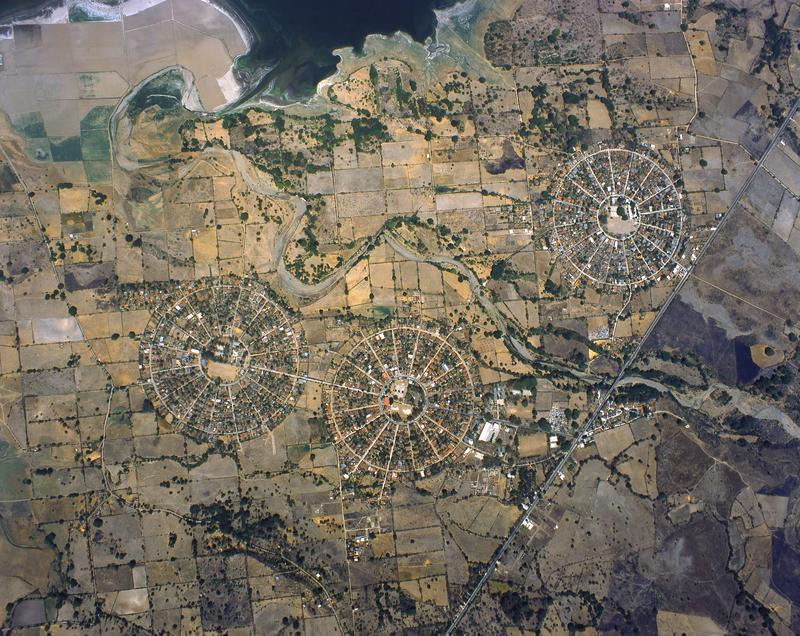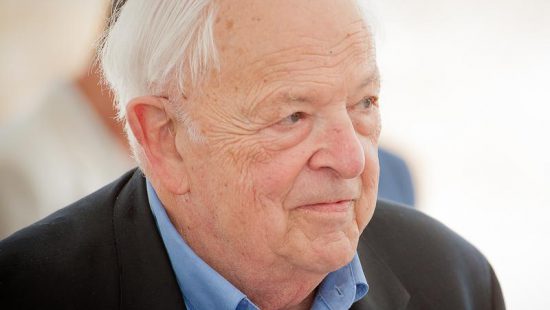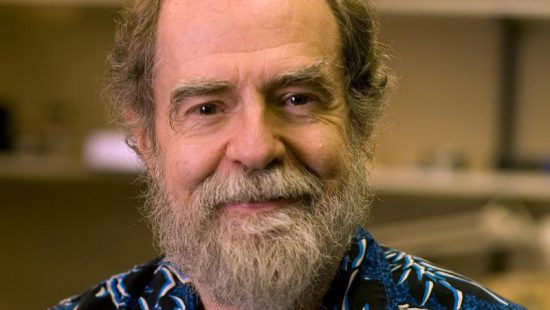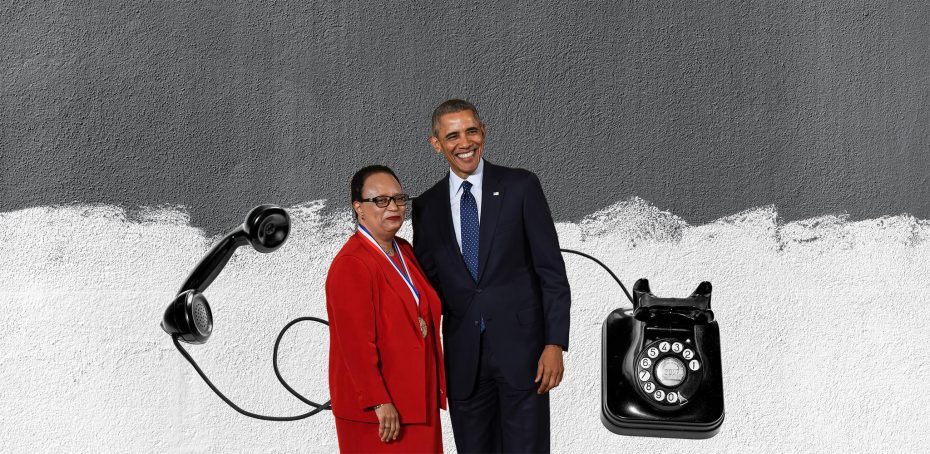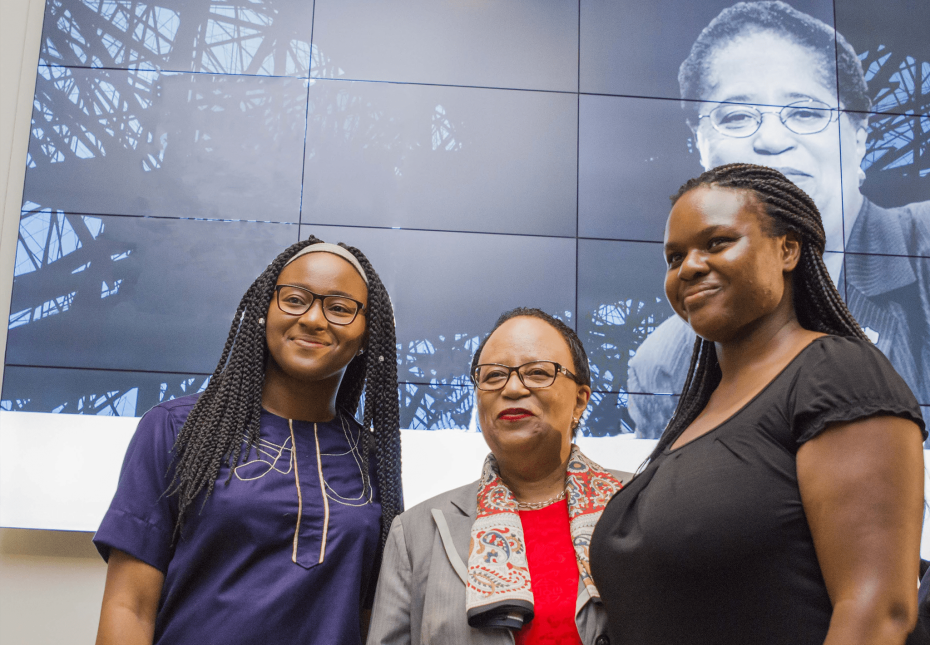During World War II, physicists at Los Alamos struggled to create an implosion capable of igniting the atomic bomb’s plutonium core.
To solve the problem, officials called on George B. Kistiakowsky, head of the Explosives Division for the National Defense Research Committee. The key, he determined, involved a series of lenses used to convert the diversion beam of an explosion into a convergent beam, initiating a shockwave to compress the plutonium.
Kistiakowsky – who would later advocate for banning nuclear weapons – watched the first detonation of his co-creation during a test at Alamogordo, New Mexico, on July 16, 1945. The test vaporized a 100-foot firing tower, producing a fireball that sent heat waves across the desert.
It’s a moment of sheer power Kistiakowsky would recount in the hours that followed: ”I am sure that at the end of the world – in the last millisecond of the Earth’s existence – the last human will see what we saw.”

